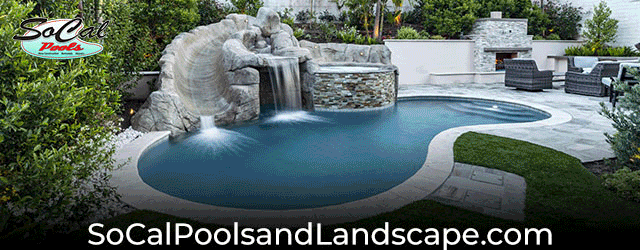ChiliPepperGarage
Well Known RDP Cart Returner
- Joined
- Mar 8, 2008
- Messages
- 4,505
- Reaction score
- 10,470
I previously posted about tuning the carb for altitude of my jetbote. It came from an elevation of under 700 feet and I'm over 5000 feet. Did some research and got the jets and metering rods needed for my elevation and am going to play with it today (Edelbrock 750).
I will be doing most of my boating at my local lake but next summer I know I'm going to want to make trips to the Delta which is much lower in elevation. I'm going to document my current timing and bag the jets and rods so I can switch back to the lower elevation setting for the Delta trips but pulling the carb and re-tuning every time sounds like kind of a pain. I though maybe I'd just buy a second carb and then just switch carbs for those trips.
Then I got thinking about going with an FITech or Holley Sniper injection. I can just plug in a computer and do a quick retune. I've never run either on a car or a boat so was wondering if any of you have done so and what were your results. Is it easier to tune? Did you get better performance? Was it worth the money?
I know a second carb is cheaper than the EFI but if performance increases it might be worth it. On the other hand, I'm a big proponent of keeping things simple and analog. I also have 3 Holley 750 carbs (2 new, 1 used but very good condition) that I could use. They are electric choke, vacuum secondary automotive carbs. I don't know how they would work in a marine application but if they would, then they would be a good solution to carb swap when needed.
Also, my boating goals are reliability and ease of boating. I don't mind playing with my cars in my shop but for boating, I just want to be able to launch, relax and have fun without messing with it. I don't need to go 90 MPH either, 60 would be fine.
I will be doing most of my boating at my local lake but next summer I know I'm going to want to make trips to the Delta which is much lower in elevation. I'm going to document my current timing and bag the jets and rods so I can switch back to the lower elevation setting for the Delta trips but pulling the carb and re-tuning every time sounds like kind of a pain. I though maybe I'd just buy a second carb and then just switch carbs for those trips.
Then I got thinking about going with an FITech or Holley Sniper injection. I can just plug in a computer and do a quick retune. I've never run either on a car or a boat so was wondering if any of you have done so and what were your results. Is it easier to tune? Did you get better performance? Was it worth the money?
I know a second carb is cheaper than the EFI but if performance increases it might be worth it. On the other hand, I'm a big proponent of keeping things simple and analog. I also have 3 Holley 750 carbs (2 new, 1 used but very good condition) that I could use. They are electric choke, vacuum secondary automotive carbs. I don't know how they would work in a marine application but if they would, then they would be a good solution to carb swap when needed.
Also, my boating goals are reliability and ease of boating. I don't mind playing with my cars in my shop but for boating, I just want to be able to launch, relax and have fun without messing with it. I don't need to go 90 MPH either, 60 would be fine.
Last edited:



